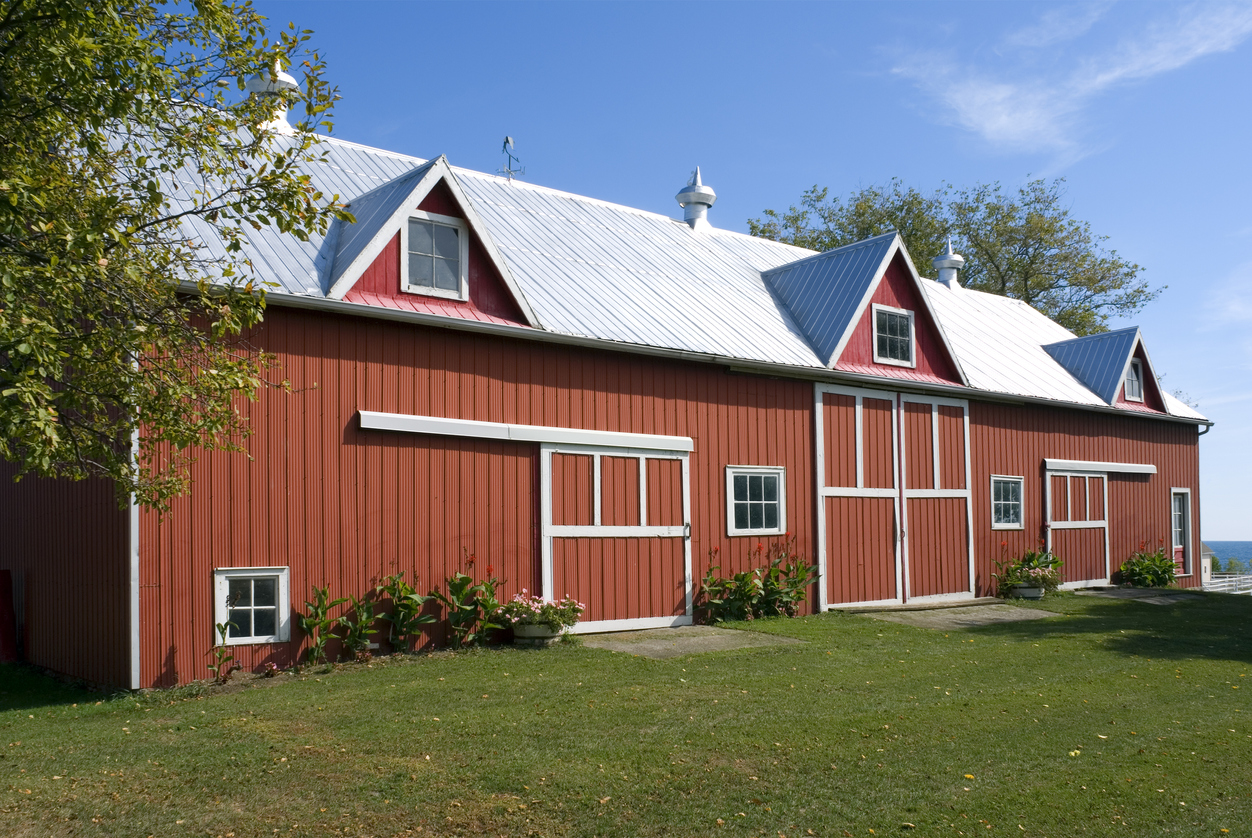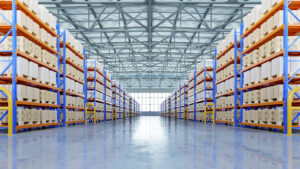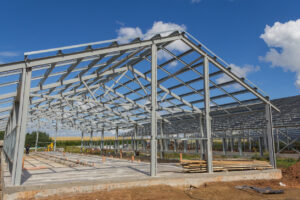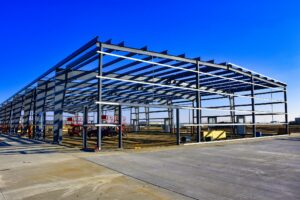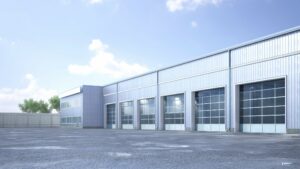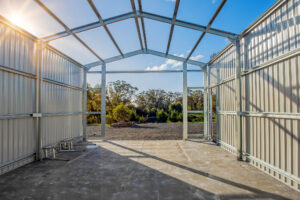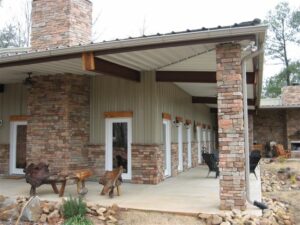In today’s fast-paced business world, finding affordable and efficient storage building is essential for companies of all sizes. Prefabricated warehouses, also known as prefab warehouses, have gained popularity as a cost-effective option for meeting storage needs.
While the United States Prefabricated Buildings Market is poised to grow at a CAGR of 5.94% during the 2024-2029 forecast period, The average cost of a prefab warehouse can vary widely depending on factors such as materials, size, location, and customization.
In this article, we will delve into the world of prefab warehouses, explore their key features, break down the costs involved, discuss their affordability compared to traditional warehouses, and provide valuable tips for customizing and purchasing your prefab warehouse.
Table of Contents:
- Understanding Prefab Warehouses
- Prefab Warehouse Cost Breakdown
- Affordability of Prefab Warehouses
- Customizing Your Prefab Warehouse
- Financing and Purchasing Your Prefab Warehouse
- Next Steps
Understanding Prefab Warehouses
When delving into the realm of prefab warehouses, one must grasp the essence of these innovative structures that revolutionize the storage industry.
A prefab warehouse, short for prefabricated warehouse, is a marvel of modern engineering. It is meticulously crafted off-site in specialized facilities, where precision and efficiency intertwine to create a seamless construction process.
Once completed, the components are transported to the designated location for swift assembly, transforming into a robust sanctuary for goods, materials, and equipment.
The allure of prefab warehouses lies in their adaptability to diverse storage needs. Crafted predominantly from resilient materials like steel, these warehouses stand as bastions of durability, safeguarding valuable assets within their fortified walls.
Moreover, the customizable nature of prefab warehouses allows businesses to tailor the storage space according to their unique requirements, ensuring optimal utilization of the available area.
What Is a Prefab Warehouse?
A prefab warehouse is a type of building that is manufactured off-site and then assembled at the intended location. They are designed to offer a quick and efficient solution for storing goods, materials, and equipment.
These warehouses are typically made from durable materials such as steel and can be customized to meet specific storage requirements.
Key Features of Prefab Warehouses
Prefab warehouses come with a range of features that make them an attractive storage solution for businesses:
- Cost-effective construction process
- Quick installation and assembly
- Durable and long-lasting
- Flexible design options
- Scalable for future expansion
- Energy-efficient
Embracing the ethos of sustainability, prefab warehouses stand as beacons of energy efficiency, harmonizing functionality with environmental consciousness. Their design not only prioritizes operational efficiency but also minimizes the carbon footprint, paving the way for eco-friendly storage solutions.
The scalability of prefab warehouses is a testament to their foresight, allowing businesses to expand seamlessly as their needs evolve, without compromising the structural integrity.
In essence, prefab warehouses epitomize the fusion of innovation and practicality, offering a sanctuary for goods while embodying the principles of efficiency and adaptability.
As businesses navigate the dynamic landscape of storage requirements, prefab warehouses emerge as stalwart companions, ready to cater to the ever-changing needs of the industry.
Prefab Warehouse Cost Breakdown
Initial Purchase and Installation Costs
Prefab warehouse costs primarily include the purchase price of the structure and the expenses related to its installation. These costs can vary based on factors such as size, design complexity, location, and any additional features or customization options.
In general, prefab warehouses tend to be more cost-effective than traditional warehouses due to their streamlined manufacturing process. While the exact costs will vary depending on individual requirements, prefab warehouses can offer significant savings compared to constructing a traditional brick-and-mortar building.
On average, prefabricated warehouse facilities have a starting price of around $17 to $20 per square foot, which would put the cost of a 15,000-square-foot warehouse between $255,000 to $300,000.
When considering the initial purchase and installation costs of a prefab warehouse, it’s important to factor in the transportation expenses involved in delivering the components to the construction site.
The location of the site and the distance from the manufacturing facility can impact these transportation costs. Additionally, the installation costs may vary depending on the terrain and accessibility of the site, as well as any specialized equipment or labor required for assembly.
SteelCo provides businesses with comprehensive construction solutions that include nationwide dropshipping of PEMB materials, steel erection and construction services within the southeastern United States.
Maintenance and Operational Costs
Besides the initial purchase and installation costs, it’s also essential to consider the long-term expenses associated with owning a prefab warehouse. These include maintenance and operational costs.
Maintenance costs are generally lower for prefab warehouses due to their durable materials and modular construction. Routine maintenance, such as inspections and repairs, is essential to ensure the continued functionality and lifespan of the warehouse. Investing in preventive maintenance can help avoid costly repairs down the line and prolong the overall lifespan of the structure.
Operational costs encompass ongoing expenses such as utilities, insurance, and security measures. Prefab warehouses are designed to be energy-efficient, which can result in lower utility bills compared to traditional warehouses. Implementing sustainable practices, such as using renewable energy sources or optimizing lighting and HVAC systems, can further reduce operational costs and minimize the environmental impact of the warehouse’s day-to-day operations.
Affordability of Prefab Warehouses
Cost Comparison with Traditional Warehouses
When considering the affordability of prefab warehouses, it’s crucial to compare their costs with those of traditional warehouses. Traditional warehouses often involve higher construction expenses, lengthy construction timelines, and additional costs for permits and regulatory compliance.
On the other hand, prefab warehouses offer a more cost-effective solution, with faster construction times and reduced labor requirements. The streamlined manufacturing process helps keep the costs lower without compromising on quality.
Moreover, prefab warehouses can also be customized to suit specific business needs, offering a level of flexibility that traditional warehouses may struggle to match. This customization can include features such as specialized storage areas, climate control systems, and advanced security measures, all of which can contribute to cost savings in the long run.
Did You Know?
Studies show that Prefabricated warehouses offer significant cost savings compared to conventional buildings, with an estimated 30% lower cost and faster construction times.
How Prefab Warehouses Save Money
Prefab warehouses offer several ways to save money for businesses:
- Lower construction and labor costs
- Reduced maintenance and repair expenses
- Energy efficiency resulting in lower utility bills
- Flexibility to expand or relocate as business needs change
By taking advantage of these cost-saving benefits, businesses can allocate their resources more efficiently and focus on other aspects of their operations.
Additionally, prefab warehouses are designed with sustainability in mind, incorporating eco-friendly materials and energy-efficient technologies.
This not only helps reduce operational costs but also aligns with corporate social responsibility goals, appealing to environmentally conscious consumers and stakeholders.
Customizing Your Prefab Warehouse
When it comes to customizing prefab warehouses, the options are vast and varied, catering to a wide range of storage needs. Whether you need a compact warehouse for efficient inventory management or a sprawling facility for bulk storage, prefab warehouses can be tailored to meet your specific requirements.
One key aspect of customization lies in the size and design options available. From determining the dimensions of the warehouse to selecting the appropriate layout, businesses have the freedom to create a space that aligns perfectly with their operational needs.
This level of customization ensures that every square foot of the warehouse is utilized effectively, maximizing storage capacity and streamlining workflows.
Moreover, prefab warehouses offer a high degree of flexibility when it comes to interior space configuration. This flexibility enables businesses to adapt the warehouse layout as needed, accommodating changes in inventory volume or operational processes with ease.
By optimizing the interior space, businesses can enhance efficiency and productivity within the warehouse building environment.
Additional Features and Their Costs
Aside from size and design options, prefab warehouses have additional features and amenities that enhance functionality and security. These features may include:
- Mezzanine floors for maximizing vertical storage space
- Roll-up doors for seamless entry and exit of goods
- Integrated lighting, ventilation, and climate control systems for optimal working conditions
- Advanced security measures like CCTV cameras and access control systems for safeguarding valuable inventory
While the incorporation of these additional features can add to the overall cost of the prefab warehouse, the benefits they bring in terms of efficiency and security make them a valuable investment for businesses in the long term.
By carefully selecting the right mix of features based on their specific needs, businesses can create a customized prefab warehouse that not only meets their storage requirements but also enhances their operational capabilities.
Financing and Purchasing Your Prefab Warehouse
Investing in a prefab warehouse is a significant decision for any business, requiring careful consideration of financing options and purchase processes. Understanding the various payment options available is crucial in ensuring a smooth and successful acquisition.
Payment Options for Prefab Warehouses
Obtaining financing for a prefab warehouse building is a crucial step in the purchasing process. Various payment options are available, providing flexibility for businesses looking to invest in this essential infrastructure. These options include:
- Outright purchase with cash: Ideal for businesses with available capital looking for a quick and straightforward transaction.
- Traditional bank loans: Offering competitive interest rates and structured repayment plans, bank loans provide a reliable financing option for those looking to spread the cost over time.
- Lease-to-own arrangements: Suited for businesses seeking a more flexible payment structure, allowing for eventual ownership after fulfilling lease obligations.
Researching and comparing different payment options can help businesses find the most suitable and cost-effective solution for their specific financial situation, ensuring a seamless purchasing process.
Tips for a Smooth Purchase Process
When purchasing a prefab warehouse building, it’s essential to consider various factors to guarantee a seamless and efficient process. By following these tips, businesses can navigate the acquisition process with confidence:
- Research reputable prefab warehouse manufacturers: Ensure you partner with a trusted and experienced manufacturer known for delivering quality structures.
- Review past customer testimonials and case studies: Gain insights into the manufacturer’s track record and customer satisfaction levels to make an informed decision.
- Request detailed quotes and clarify all associated costs: Understand the full scope of expenses involved to avoid any surprises during the purchasing process.
- Understand the warranty and after-sales support provided: Evaluate the manufacturer’s warranty coverage and post-purchase support to secure your investment.
- Work closely with the manufacturer to customize the warehouse to fit your exact needs: Collaborate with the manufacturer to tailor the warehouse design to your specific requirements, ensuring optimal functionality and efficiency.
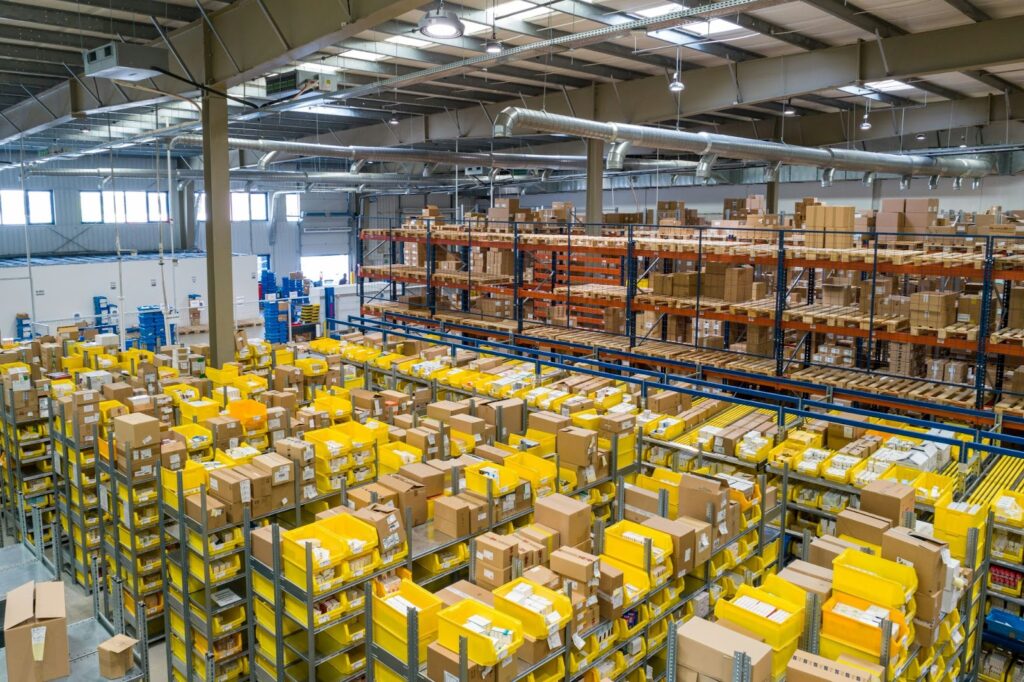
Next Steps
Prefab warehouses offer a cost-effective and customizable solution for businesses in need of storage space. By understanding the key features, cost breakdown, affordability, and customization options, businesses can make an informed decision when purchasing a prefab warehouse building.
Whether for short-term or long-term storage needs, prefab warehouses provide an economical and efficient solution. They can adapt to the changing demands of a growing business.
For 23+ years, SteelCo has been a leading provider of prefab warehouse materials nationwide and offers comprehensive design and construction services in GA. Our highly experienced and knowledgeable team is dedicated to delivering customized warehouses that meet your unique expectations and requirements. Learn more about our construction services.
Check out these related articles:
> Advantages Of Prefabricated Metal Buildings & Potential Drawbacks
> How Much Does It Cost To Build A Warehouse?









